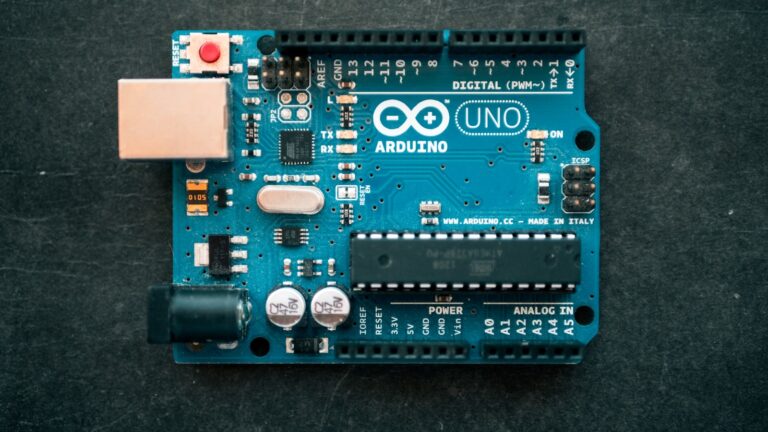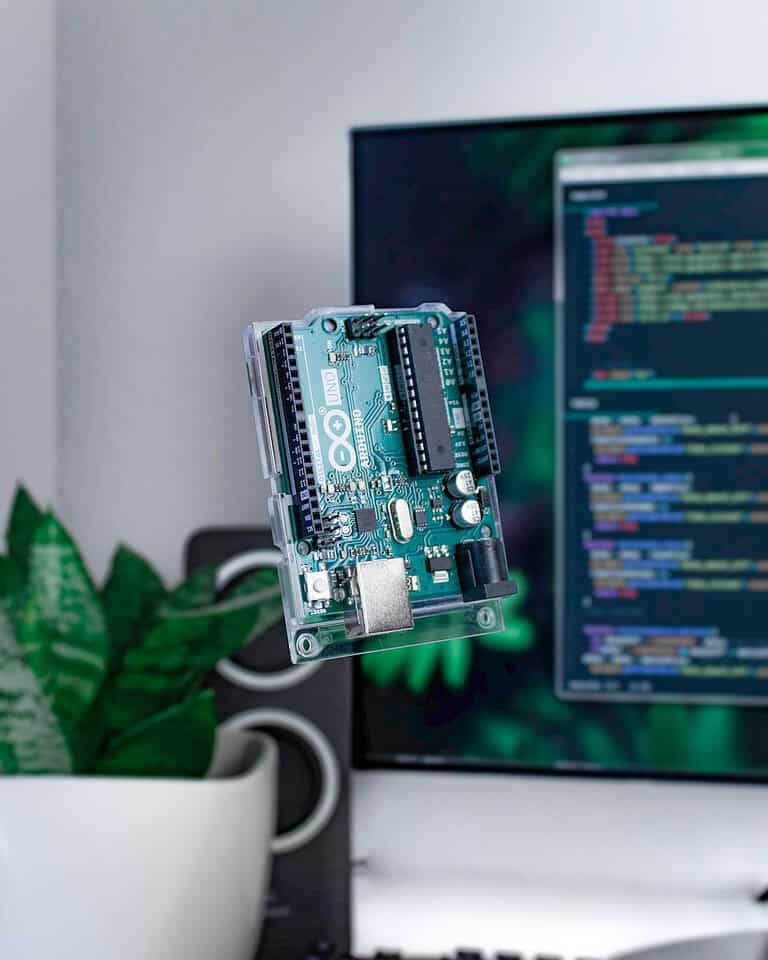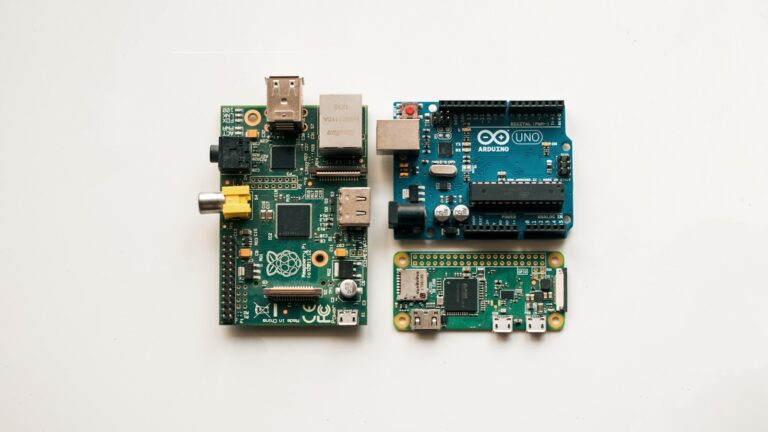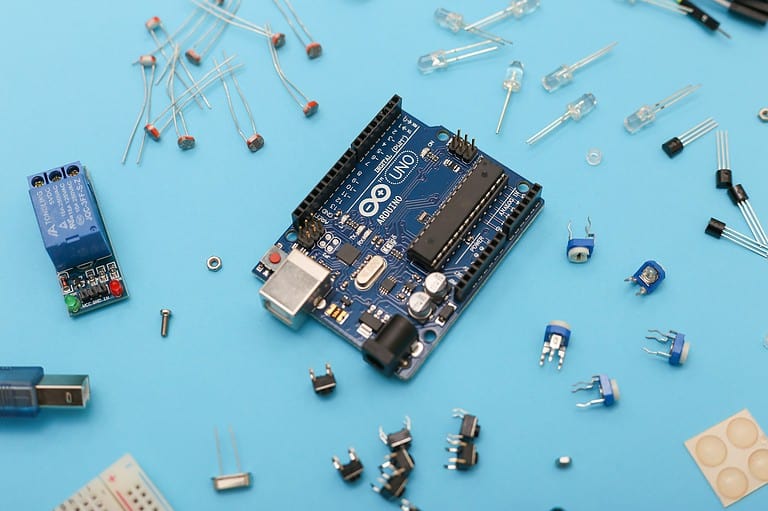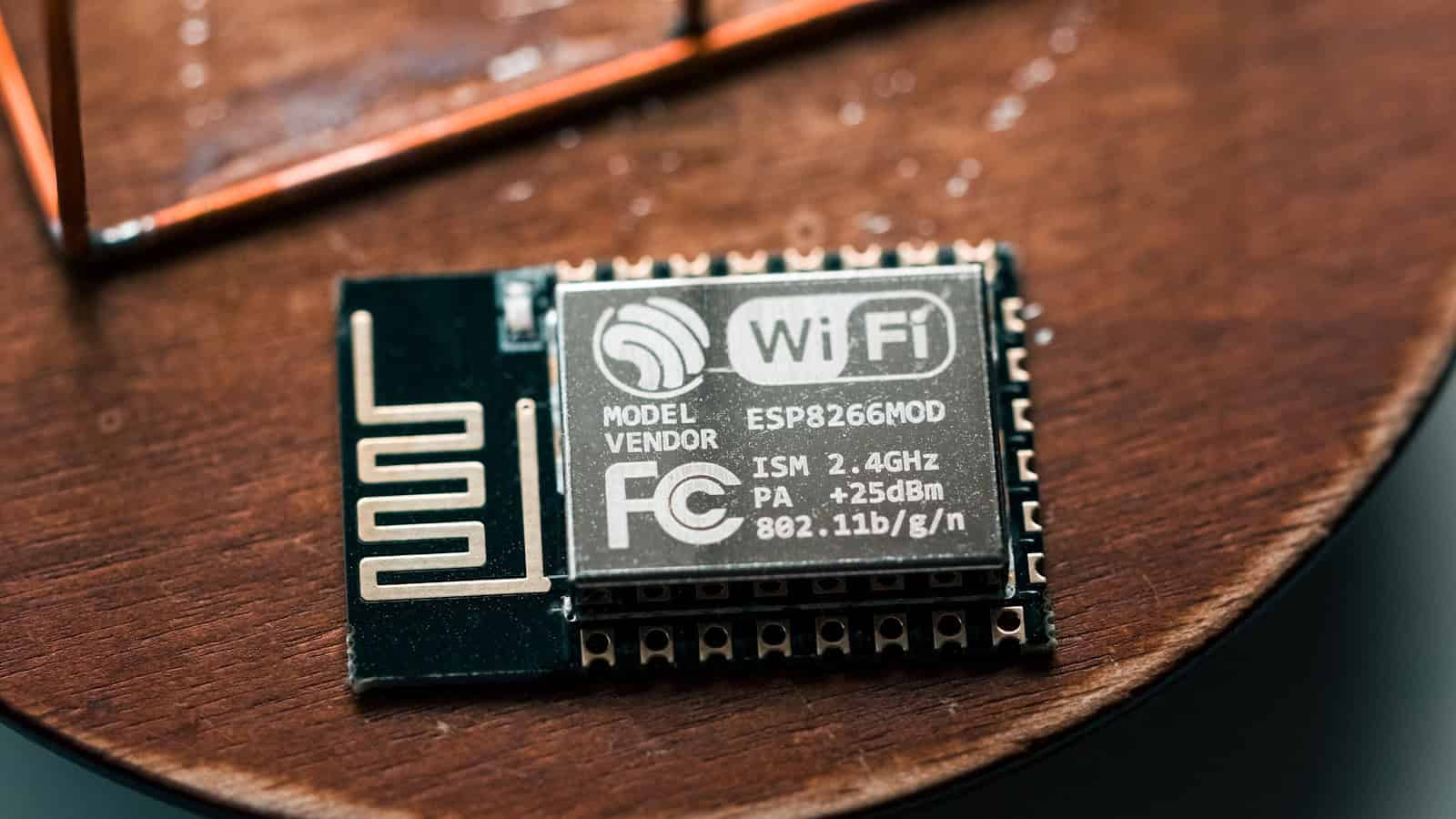
The ESP8266 has quickly become a favorite among electronics enthusiasts for its low cost and versatility. This Wi-Fi microcontroller, developed by Espressif Systems, packs a powerful punch in a tiny package. It’s perfect for Internet of Things (IoT) projects, making it easy to connect devices to the internet.
Its hardware capabilities are impressive for such an affordable component. The ESP8266 features a 32-bit Tensilica processor and supports various operating modes. Development boards based on the ESP8266, such as the NodeMCU, provide additional functionality, making programming and prototyping straightforward.
Programming the ESP8266 can be done using popular platforms like the Arduino IDE or MicroPython. This flexibility opens the door to a wide range of applications, from smart home devices to industrial automation. The ESP8266’s broad adoption can be partly attributed to its strong community support and extensive documentation, making it accessible even for beginners.
ESP8266 Wi-Fi Microcontroller: A Closer Look
Technical Specifications
| Feature | Specification |
|---|---|
| Processor | Tensilica L106 32-bit RISC microprocessor core |
| Clock Speed | 80 MHz or 160 MHz (selectable) |
| Memory | 32 KiB instruction RAM, 32 KiB instruction cache RAM |
| Flash Memory | Up to 16 MiB external QSPI flash (512 KiB to 4 MiB typically included) |
| Wi-Fi | IEEE 802.11 b/g/n |
| RF Power Output | +19.5dBm in 802.11b mode |
| GPIO Pins | 17 (some shared with other functions) |
| Interfaces | SPI, I²C (software), UART, I²S (with DMA) |
| ADC | 10-bit successive approximation ADC |
| Power Supply | 3.3V (can handle up to 3.6V) |
| Power Consumption | Active mode: ~80 mA, Deep-sleep mode: <10 μA |
Key Features and Capabilities
The ESP8266 is more than just a microcontroller; it’s a complete System-on-Chip (SoC) with integrated TCP/IP protocol stack, Wi-Fi radio, and antenna switch. This makes it incredibly versatile and easy to use in a variety of projects.
Some of its standout features include:
- Wi-Fi Connectivity: The ESP8266 can connect to existing Wi-Fi networks or create its own (soft-AP mode), allowing it to interact with other devices and cloud services.
- Low Power Consumption: It boasts a deep-sleep mode with minimal power draw, making it suitable for battery-powered applications.
- GPIO Pins: With numerous GPIO pins, the ESP8266 can interface with various sensors, actuators, and other components.
- UART, SPI, and I²C: These standard communication protocols allow the ESP8266 to communicate with a wide range of devices.
- OTA Updates: The ability to receive Over-The-Air (OTA) updates means you can easily deploy firmware upgrades to your projects remotely.
Applications
The ESP8266 is a popular choice for a wide array of projects, including:
- Home Automation: Control lights, thermostats, and other smart devices.
- IoT Projects: Monitor sensors and collect data for various applications.
- Web Servers: Host simple web pages to control devices or display information.
- Wireless Communication: Create custom wireless networks for specific tasks.
The ESP8266’s affordable price, powerful features, and active community support make it a top pick for both beginners and experienced makers looking to add Wi-Fi connectivity to their projects.
Key Takeaways
- ESP8266 is great for IoT projects with its built-in Wi-Fi.
- It offers powerful hardware features at a low cost.
- Programming options include Arduino IDE and MicroPython.
Hardware and Development Features
The ESP8266 is a popular choice for IoT projects due to its comprehensive hardware capabilities and integration with various development platforms. It provides essential components for connectivity and a range of interfaces for development.
Microcontroller Specifications
The ESP8266 is built around a high-performance 32-bit RISC microprocessor. It includes a CPU, RAM, and flash memory. The CPU runs at a clock speed of up to 160 MHz. It has 64 KB of instruction RAM and 96 KB of data RAM. There is also 16 MB of flash memory available for storing programs and data.
The device includes a 10-bit ADC which can be used for reading analog signals. This makes it versatile for many applications. The microcontroller’s low power consumption features make it suitable for battery-operated devices.
Development Platform Integration
The ESP8266 is supported on various development platforms such as Arduino and the Arduino IDE. The Arduino IDE makes programming easy with its vast library support. Users can easily integrate libraries and code to get their projects running.
The ESP8266 community has contributed significantly to its development. The board manager in the Arduino IDE helps in easily setting up and managing the ESP8266 devices. Developers can also use the Espressif SDK for more advanced projects.
Connectivity Options
Connectivity is a key feature of the ESP8266. It supports both AP (Access Point) mode and STA (Station) mode, allowing it to connect to other Wi-Fi devices easily. The device can switch between these modes or operate in both simultaneously.
In STA mode, the ESP8266 connects to a home or office Wi-Fi network. In AP mode, it creates a new network for other devices to join. This flexibility makes it suitable for various IoT projects requiring reliable internet connectivity.
GPIO and Peripheral Interface
The ESP8266 includes several GPIO pins, which can be used for digital input and output. These pins are essential for interfacing with various sensors, displays, and other peripherals. The GPIO pins can be used for PWM signals and ADC input, expanding its utility further.
The microcontroller supports the SPI, I2C, and UART interfaces. These interfaces allow seamless communication with different devices and components. Developers use these interfaces to create complex and interactive projects.
Overall, the ESP8266’s rich set of hardware and connectivity features, combined with strong community support, make it a robust choice for IoT and other related applications. Its integration with common development tools ensures a smooth development process for both beginners and advanced users.
Programming and Application Development
Developers can leverage the ESP8266 for diverse IoT projects and network applications. This section breaks down the essential parts of programming, power management, advanced features, troubleshooting, and integration with other platforms.
Getting Started with Firmware and Software
The ESP8266 can be programmed using various development environments. The Arduino Core is popular, enabling easy programming with the familiar Arduino IDE. MicroPython is another option, which allows for Python-based development on the microcontroller.
Firmware like the RTOS SDK provides a real-time operating system and a suite of libraries to facilitate development. These tools help developers write, upload, and debug code effectively, ensuring that the ESP8266 operates as intended.
Building IoT and Network Applications
Using the ESP8266 in IoT applications is common due to its versatile networking capabilities. It can function as a station to connect to Wi-Fi networks or act as an access point to create a network. Such adaptability is crucial for home automation and other IOT projects.
Users can set up an HTTP server to handle web-based interfaces for devices, and the ESP-12E module offers various GPIO pins for connecting peripherals. Integrating with mobile devices is simple, as many applications provide templates and libraries to streamline development.
Power Management Features
Efficient power management is vital for IoT devices. The ESP8266 supports low power consumption modes, including sleep mode and deep sleep mode. These lower the energy usage when the device is idle. A voltage regulator ensures stable power delivery to the microcontroller.
The power amplifier enhances the Wi-Fi signal strength, while the ability to quickly wake from sleep modes helps maintain reliable connections without draining the battery quickly.
Advanced Functionalities and Expansion
The ESP8266 comes with advanced features that allow for extensive functionality. The I2S interface can handle audio data, making it useful for media-based projects. PWM (Pulse Width Modulation) is available for analog output, and interrupts help manage real-time events.
The ADC (Analog to Digital Converter) and GPIO pins provide the necessary hardware interfaces for sensors and actuators, enabling sophisticated interactions with the environment. Using NodeMCU and Wemos D1 Mini broadens the range of possible expansions and project applications.
Troubleshooting and Resources
Developers can face various issues while working with the ESP8266. Common problems include connectivity issues, power supply problems, and firmware bugs. Resources like GitHub repositories, detailed PDF guides, and tutorials can provide vital help.
Using the serial monitor in the development environment assists in real-time debugging by displaying logs and error messages. Community forums and educational resources also offer support, allowing developers to find solutions and optimize their projects efficiently.
Integration with Other Platforms and Protocols
Integrating the ESP8266 with other platforms and protocols expands its utility. Compatibility with Arduino, MicroPython, and the ESP32 allows developers to switch between platforms based on project needs. Support for various communication protocols, like HTTP and MQTT, helps connect the ESP8266 to different IoT ecosystems.
Integration with existing home automation systems or cloud services ensures the ESP8266 can serve as a central hub in larger networks. Tutorials and SDK resources further streamline this integration, allowing for seamless connectivity and enhanced functionality.
Frequently Asked Questions
This section covers key information about using the ESP8266 with Arduino IDE, where to find datasheets, costs, differences between modules, available libraries, and beginner project ideas.
How do I connect an ESP8266 to an Arduino IDE?
To connect an ESP8266 to the Arduino IDE, first install the ESP8266 board package using the board manager. Then, select the correct COM port and board type from the tools menu. Upload your first sketch by clicking the upload button.
Where can I find the ESP8266 module datasheet?
The ESP8266 module datasheet is available on the Ai-Thinker documentation site. This datasheet includes detailed technical specifications and usage guidelines.
What is the average cost of an ESP8266 module?
The average cost of an ESP8266 module ranges from $2 to $5. Prices may vary based on the supplier and specific module type. Bulk purchases usually offer more savings.
How does the ESP8266 NodeMCU differ from other modules?
The NodeMCU ESP8266 module features a built-in USB-to-serial converter and comprehensive SDK support. This makes it easier for developers to program and debug. Check Robocraze’s guide for more details on NodeMCU.
What libraries are available for programming the ESP8266?
Several libraries are available for ESP8266 programming, such as the WiFi library for network connections, the ESPAsyncWebServer for serving web pages, and the PubSubClient for MQTT. Ensure you install these from the Arduino Library Manager.
Can you suggest some beginner projects using ESP8266?
Beginner projects for the ESP8266 include creating a simple web server, building an IoT temperature monitor, and controlling LEDs through WiFi. The ESPforBeginners guide provides step-by-step instructions to get started.

